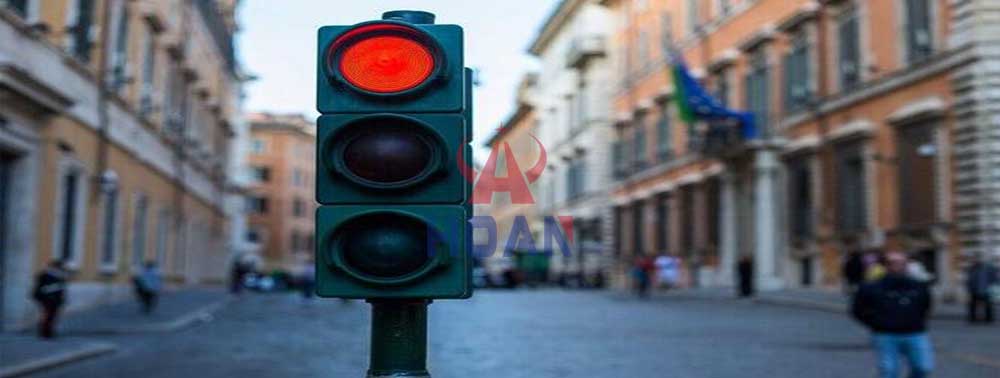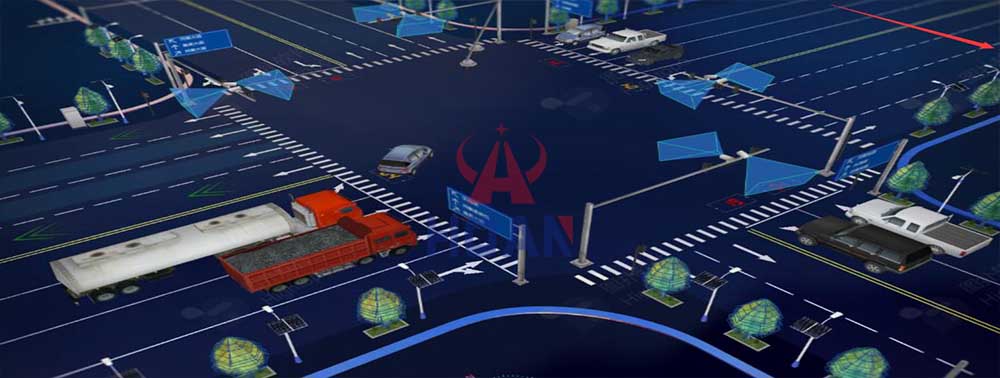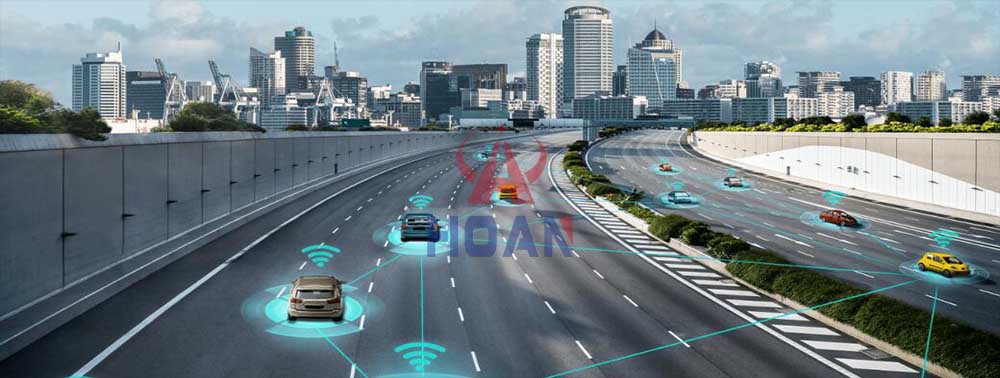In order to rectify the notorious traffic situation, Los Angeles built subways and light rail, and widened freeways, adding carpool lanes, tollways and bus lanes, but the city's roads are still as congested as ever, jeopardizing the lives of businesses and generations. Quality has taken its toll.
Now, in a new feat, Los Angeles is spending heavily to overhaul its traffic jams, synchronizing the city's 469 square miles.
Solar Signal Lights offer the almost impossible prospect of theoretically being able to drive from West Street in the Hollywood Hills runs non-stop to the San Pedro waterfront. Los Angeles is the first metropolis in the world to do so, officials said.

A new tollway on Interstate 110 is also designed to ease congestion.
But as the number of cars on the local road continues to grow (nearly 7 million commuters are on the road at peak hour in the city each day), even the system's ardent supporters admit that it may not be enough to stop the traffic worsened further. The average amount of time a commuter wastes stuck in traffic has climbed since 2008, and the latest improvements,
Solar Signal Lights, may finally It can only alleviate the clogging, not reverse the trend.
The system, officially known as the Automated Traffic Surveillance and Control system, took more than 30 years and cost $400 million to build, and it has only been a few weeks since it was completed. The system provides Los Angeles with one of the most comprehensive
Solar Signal Lights systems in the world.

The
Solar Signal Lights system uses magnetic sensors on the road to measure traffic flow, hundreds of cameras and a centrally connected computer system that constantly adjusts to keep traffic flowing as smoothly as possible. The city's transportation department said that under the system, the average speed of local traffic was 16% faster than before, and the delay time at major intersections was also reduced by 12%.
The average time to drive a five-mile trip on Los Angeles roads was 20 minutes when traffic was not synchronized; that dropped to 17.2 minutes when traffic was synchronized, the city said. Today, the average speed on the city's roads is 17.3 mph, compared to 15 mph when the
Solar Signal Lights are not synced.

Los Angeles Mayor Antonio R. Villaraigosa, who campaigned in 2005 vowing to complete the system, is now, as his two-term term ends in June, Consider the system a major achievement for yourself. He noted that the system would also reduce carbon emissions by reducing the number of times a car has to be stopped and started.
"I'm very proud that we are the first major city in the world to synchronize all
Solar Signal Lights. By synchronizing
Solar Signal Lights, we will spend less time waiting," Villaraigosa said in an email interview. , and reduce pollution.”


